Home>Garden Essentials>What Do Alfalfa Seeds Look Like
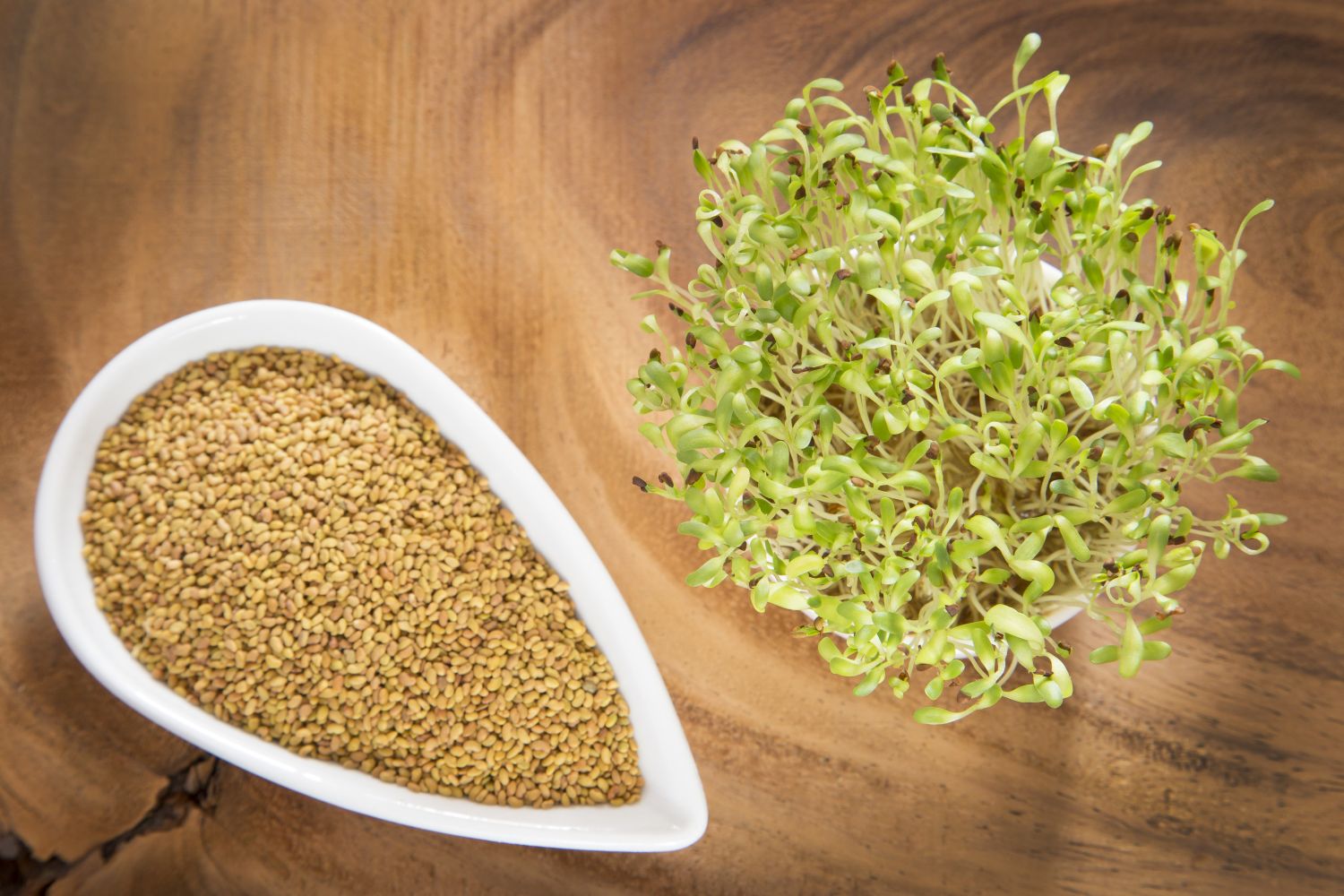

Garden Essentials
What Do Alfalfa Seeds Look Like
Modified: March 24, 2024
Discover what alfalfa seeds look like and learn how to grow them in your garden. Find out how to plant, care for, and harvest these nutritious and versatile seeds.
(Many of the links in this article redirect to a specific reviewed product. Your purchase of these products through affiliate links helps to generate commission for Storables.com, at no extra cost. Learn more)
Introduction
Welcome to the world of alfalfa seeds! If you’re a gardening enthusiast or someone interested in nutritious food options, you may have come across these tiny powerhouses. Alfalfa seeds, also known as Lucerne seeds, are packed with nutrients and offer a variety of health benefits. But what exactly do alfalfa seeds look like? In this article, we’ll explore the appearance, size, color, texture, and shape of alfalfa seeds, as well as their germination process, uses, and benefits.
Alfalfa seeds have been cultivated for centuries and are commonly used as a forage crop for livestock. However, they are also gaining popularity as a superfood for humans due to their nutrient-rich profile. These seeds are the result of the alfalfa plant (Medicago sativa) maturing and producing seeds in small clusters.
So, what do alfalfa seeds actually look like? Let’s delve into their appearance and characteristics in more detail.
Key Takeaways:
- Alfalfa seeds are small, oval-shaped, and come in varying colors. They sprout quickly and offer a wide range of health benefits, from digestive support to hormonal balance.
- Whether used in cooking, as a forage crop, or for their nutritional value, alfalfa seeds are versatile and nutrient-rich. They can contribute to a healthier lifestyle for both humans and livestock.
Read more: What Does Alfalfa Grass Look Like
Appearance of Alfalfa Seeds
Alfalfa seeds are small, oval-shaped seed pods that measure about 1 to 2 millimeters in length. They have a hard outer shell that is typically smooth and glossy in texture. The color of the seeds can vary, ranging from light tan to brown depending on the variety and maturity of the seeds.
When you look closely at alfalfa seeds, you will notice a hump or ridge running along one side of the seed. This is called the “radicle” or embryo, which is the first part of the seed to emerge during germination. The radicle is responsible for developing into the root system of the plant.
Alfalfa seeds are relatively lightweight compared to other seeds, such as sunflower or pumpkin seeds. Their small size and lightweight nature make them easy to handle and distribute, whether you’re sowing them in your garden or using them in culinary preparations.
While alfalfa seeds may look unassuming at first glance, they possess a remarkable ability to sprout and grow into healthy plants. This is due to the seed’s intricate internal structure and the nutrients stored within.
Next, let’s explore the specific size and color variations you might expect to find when working with alfalfa seeds.
Size and Color of Alfalfa Seeds
Alfalfa seeds come in a range of sizes, but they are generally small and compact, measuring approximately 1 to 2 millimeters in length. This makes them easy to handle and sow in the soil. The compact size also allows for efficient storage and transportation.
When it comes to the color of alfalfa seeds, they can vary depending on the variety and maturity of the seeds. In their raw state, alfalfa seeds have a light tan or beige color, similar to other legume seeds. As the seeds mature, they may darken in color and turn light brown or even a slightly reddish-brown hue.
It’s important to note that the color of alfalfa seeds does not affect their quality or viability. Whether the seeds are light tan or brown, as long as they are stored properly and haven’t been exposed to moisture or damage, they can still germinate and grow into healthy plants.
While the size and color of alfalfa seeds may vary, it is worth mentioning that the nutritional content and benefits remain consistent. Regardless of the appearance, alfalfa seeds are rich in essential vitamins, minerals, and enzymes that contribute to their health-promoting properties.
Now, let’s move on to exploring the texture and shape of alfalfa seeds, which also play a role in their identification and utilization.
Texture and Shape of Alfalfa Seeds
The texture of alfalfa seeds can be described as smooth and firm. When you run your fingertips over the surface of the seed, you’ll feel a slight resistance due to the hard shell. This outer layer helps protect the inner embryo and provides durability to withstand various environmental conditions.
The shape of alfalfa seeds is typically oval or oblong, resembling a small football or a rounded capsule. This shape allows the seeds to be densely packed together in clusters, giving them a compact and efficient structure.
One interesting feature of alfalfa seeds is the presence of the hump or ridge on one side. This ridge, known as the radicle or embryo, is the first part of the seed to emerge during germination. Its distinct shape helps distinguish alfalfa seeds from other types of seeds.
The smooth texture and consistent oval shape of alfalfa seeds make them easy to handle and sow. Whether you’re sprinkling them on the soil surface or using a seedling tray, their shape allows for even distribution, ensuring optimal growing conditions for your alfalfa plants.
It’s important to note that while the texture and shape of alfalfa seeds are relatively consistent, slight variations can occur. These variations may be influenced by factors such as seed maturity, variety, and growing conditions. However, these differences are usually minimal and do not impact the overall quality or germination potential of the seeds.
Now that we’ve explored the appearance, size, color, texture, and shape of alfalfa seeds, let’s delve into the fascinating process of germination and discover how these tiny seeds transform into thriving plants.
Alfalfa seeds are small, round, and can vary in color from light yellow to dark brown. They are about 1-2mm in size and have a slightly wrinkled texture. When soaked in water, they will swell and sprout into tiny green shoots.
Germination Process of Alfalfa Seeds
Germination is a crucial stage in the life cycle of alfalfa seeds. It is the process where the dormant seed awakens and begins to sprout, transforming into a seedling that eventually grows into a mature plant. Let’s take a closer look at the germination process of alfalfa seeds.
The germination process starts when the seeds are exposed to favorable conditions – moisture, warmth, and oxygen. When these conditions are met, the hard outer shell of the seed softens, allowing water to penetrate and initiate the germination process.
Once the seed absorbs water, the internal structures and enzymes become activated. The radicle, or the embryonic root, emerges from the seed, elongating and searching for moisture and nutrients in the soil. From there, the first set of leaves, known as the cotyledons, emerge and begin their journey towards the sunlight.
During germination, the seed utilizes the nutrients stored within its structure, such as proteins, carbohydrates, and oils, to fuel the growing seedling. As the seedling continues to grow, it develops a root system that reaches deeper into the soil, anchoring the plant and absorbing water and nutrients from the earth.
Alfalfa seeds have a relatively quick germination timeframe, usually taking around 5 to 8 days for the first signs of growth to appear. However, it’s important to provide optimal growing conditions during this phase, including adequate watering, a suitable temperature range, and sufficient sunlight. These factors contribute to the successful germination and development of healthy alfalfa plants.
Once the seedling establishes itself and develops a sturdy root system, it continues to grow and flourish, producing leaves, stems, and eventually flowering. The entire growth cycle from germination to maturity can take several months, depending on various factors such as climate, soil quality, and cultivation practices.
Understanding the germination process of alfalfa seeds is essential for successful cultivation and ensuring the best possible conditions for its growth. Now, let’s explore the diverse uses and numerous benefits of alfalfa seeds.
Read more: What Do Garlic Seeds Look Like
Uses and Benefits of Alfalfa Seeds
Alfalfa seeds have a wide range of uses and offer numerous health benefits. Let’s explore how these tiny powerhouse seeds can be incorporated into various aspects of our lives.
1. Culinary Uses: Alfalfa seeds are not only nutritious but also add a delightful crunch to various dishes. They can be sprinkled over salads, soups, and sandwiches, or used in homemade bread, muffins, and granola bars. You can also sprout alfalfa seeds and enjoy them in salads or as a garnish.
2. Forage Crop: Historically, alfalfa has been cultivated as a forage crop for livestock due to its high protein content. The mature plants are often cut and dried to make nutritious hay for feeding animals, such as horses, cows, and goats.
3. Nutritional Powerhouse: Alfalfa seeds are packed with essential nutrients, including vitamins A, C, E, and K, as well as minerals like calcium, magnesium, and iron. They also contain antioxidants and phytochemicals, which have been linked to various health benefits.
4. Digestive Health: The fiber content in alfalfa seeds can aid in promoting a healthy digestive system. It helps regulate bowel movements, reduces constipation, and supports overall gut health.
5. Detoxification: Alfalfa seeds are known for their diuretic properties, which can help flush out toxins from the body. They also contain chlorophyll, which supports liver function and assists in the detoxification process.
6. Bone Health: Alfalfa seeds are a rich source of calcium and other minerals essential for maintaining strong and healthy bones. Regular consumption may contribute to preventing osteoporosis and promoting bone density.
7. Hormonal Balance: Some studies suggest that the phytoestrogens found in alfalfa seeds may help balance hormone levels in women, potentially alleviating symptoms of menopause and supporting overall hormonal health.
8. Blood Sugar Regulation: The soluble fiber and low glycemic index of alfalfa seeds may assist in stabilizing blood sugar levels. This can be beneficial for individuals with diabetes or those aiming to prevent spikes in blood sugar.
These are just a few examples of the diverse uses and potential health benefits of alfalfa seeds. It’s important to note that while alfalfa seeds offer numerous advantages, it is essential to consume them in moderation and consult a healthcare professional, especially if you have specific health conditions or concerns.
Overall, alfalfa seeds are a versatile and nutrient-rich addition to your diet. Whether you’re looking to incorporate them into your meals, enhance your livestock’s nutrition, or enjoy their health-promoting properties, alfalfa seeds are a valuable and beneficial resource.
With so many uses and potential benefits, it’s no wonder alfalfa seeds have gained popularity among gardening enthusiasts and health-conscious individuals alike. In the next section, we’ll wrap up our exploration of alfalfa seeds and provide a summary of what we’ve learned.
Conclusion
Alfalfa seeds, with their small size and unassuming appearance, hold a wealth of nutritional value and potential benefits. Whether you’re a gardening enthusiast, a health-conscious individual, or a livestock farmer, these tiny powerhouses have something to offer.
We explored the appearance, size, color, texture, and shape of alfalfa seeds, providing a comprehensive understanding of their physical characteristics. From their small oval shape and smooth texture to their varying colors and distinct radicle, alfalfa seeds are unique and easily identifiable.
The germination process of alfalfa seeds was also examined, shedding light on how these dormant seeds transform into vibrant seedlings. The quick germination timeframe and the crucial role of optimal growing conditions showcased the resilience and potential of these seeds.
Furthermore, we discovered the versatile uses of alfalfa seeds, from their culinary applications to their role as a forage crop and their status as a nutritional powerhouse. The numerous health benefits associated with their consumption, such as improved digestive health, detoxification support, and hormonal balance, make them a valuable addition to any diet.
It is important to note that while alfalfa seeds offer numerous advantages, it is always advisable to consume them in moderation and seek advice from healthcare professionals, especially if you have specific health conditions or concerns.
In conclusion, alfalfa seeds may be small in size, but they pack a powerful punch when it comes to nutrition and overall health benefits. Whether you’re incorporating them into your meals, using them as a nutritional supplement, or feeding them to your livestock, alfalfa seeds are a versatile and valuable resource.
So, next time you come across these unassuming seeds, remember the abundance they offer and the potential they hold. Embrace the enriching benefits of alfalfa seeds and explore the various ways they can contribute to a healthier and more vibrant lifestyle.
Frequently Asked Questions about What Do Alfalfa Seeds Look Like
Was this page helpful?
At Storables.com, we guarantee accurate and reliable information. Our content, validated by Expert Board Contributors, is crafted following stringent Editorial Policies. We're committed to providing you with well-researched, expert-backed insights for all your informational needs.
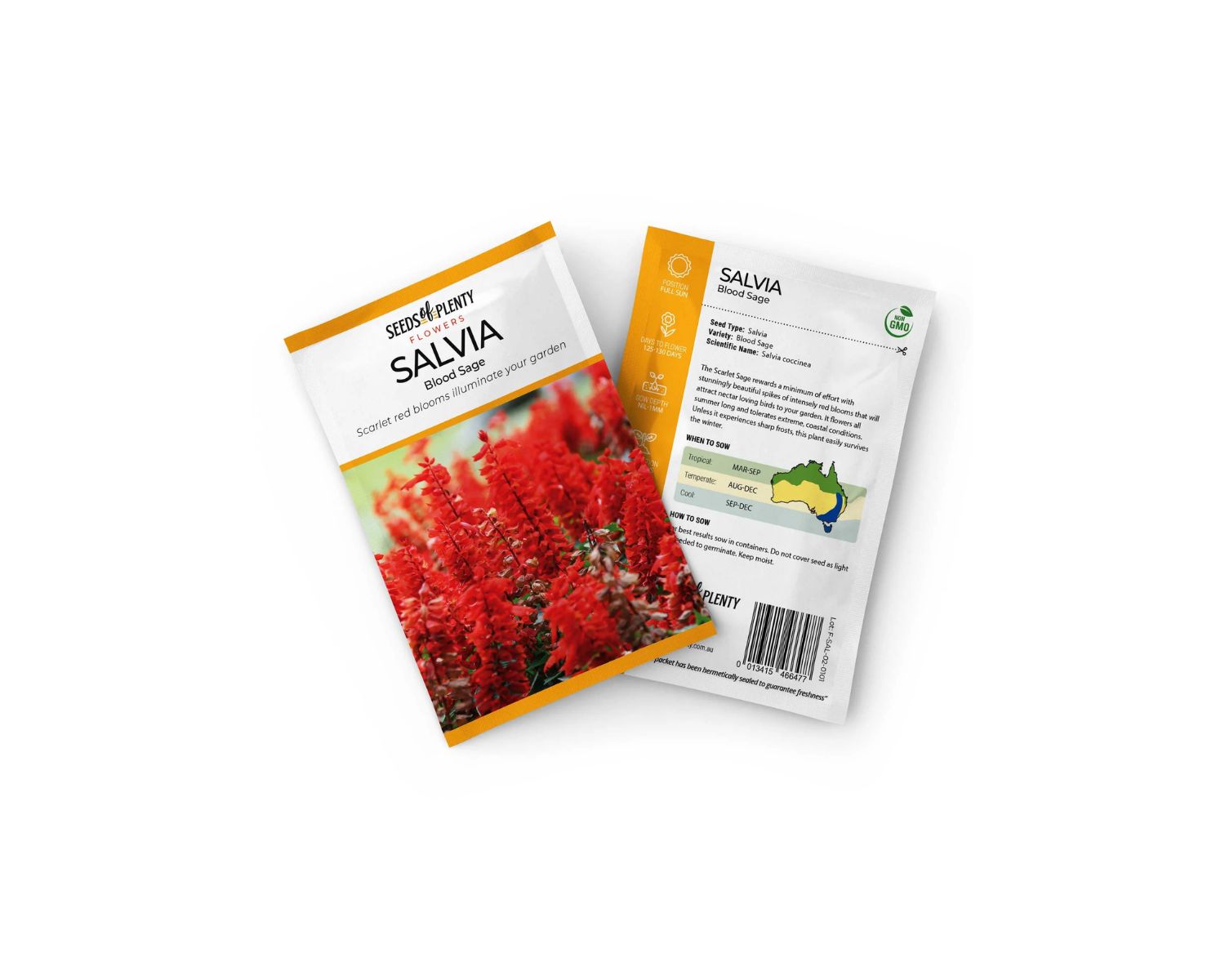
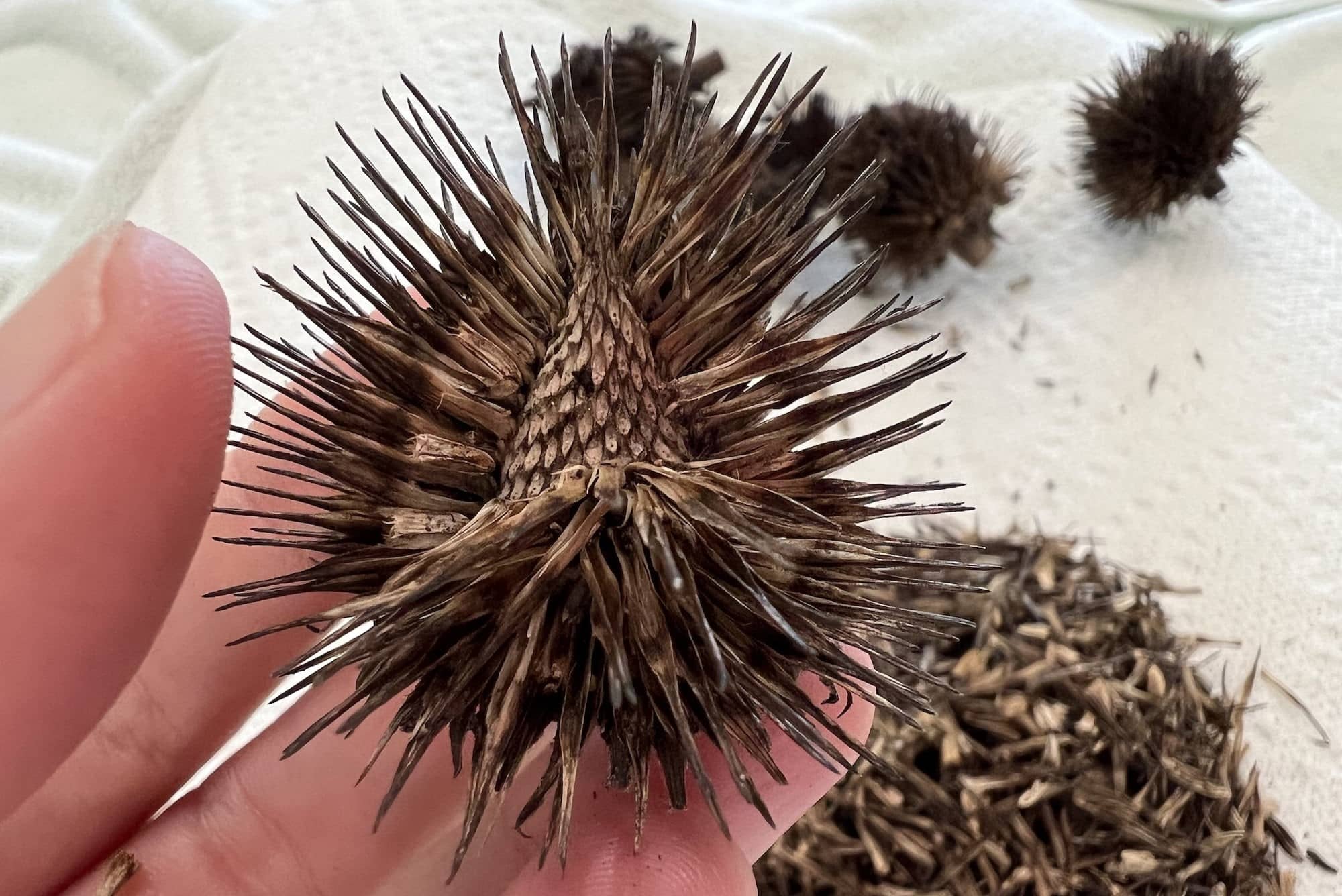
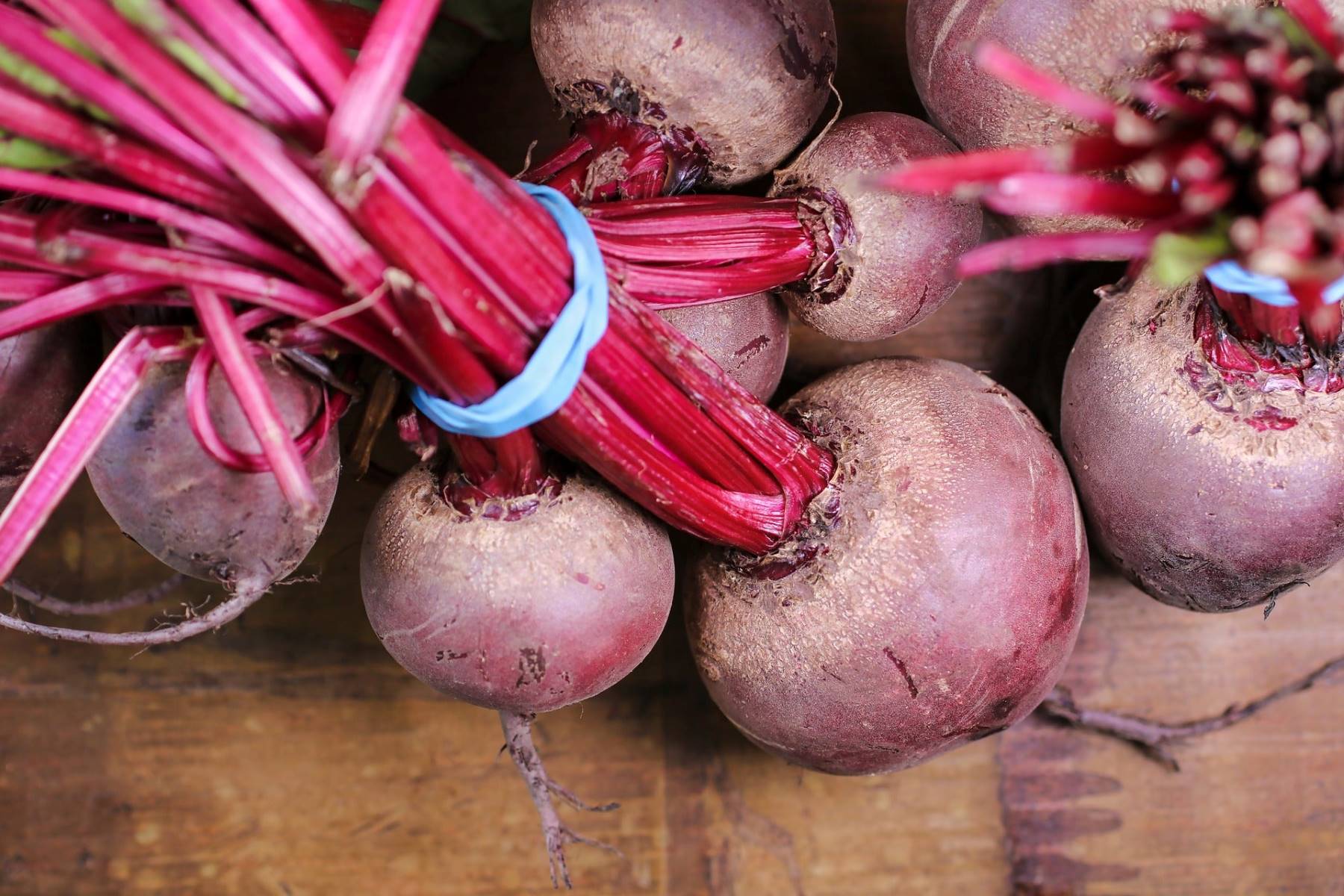
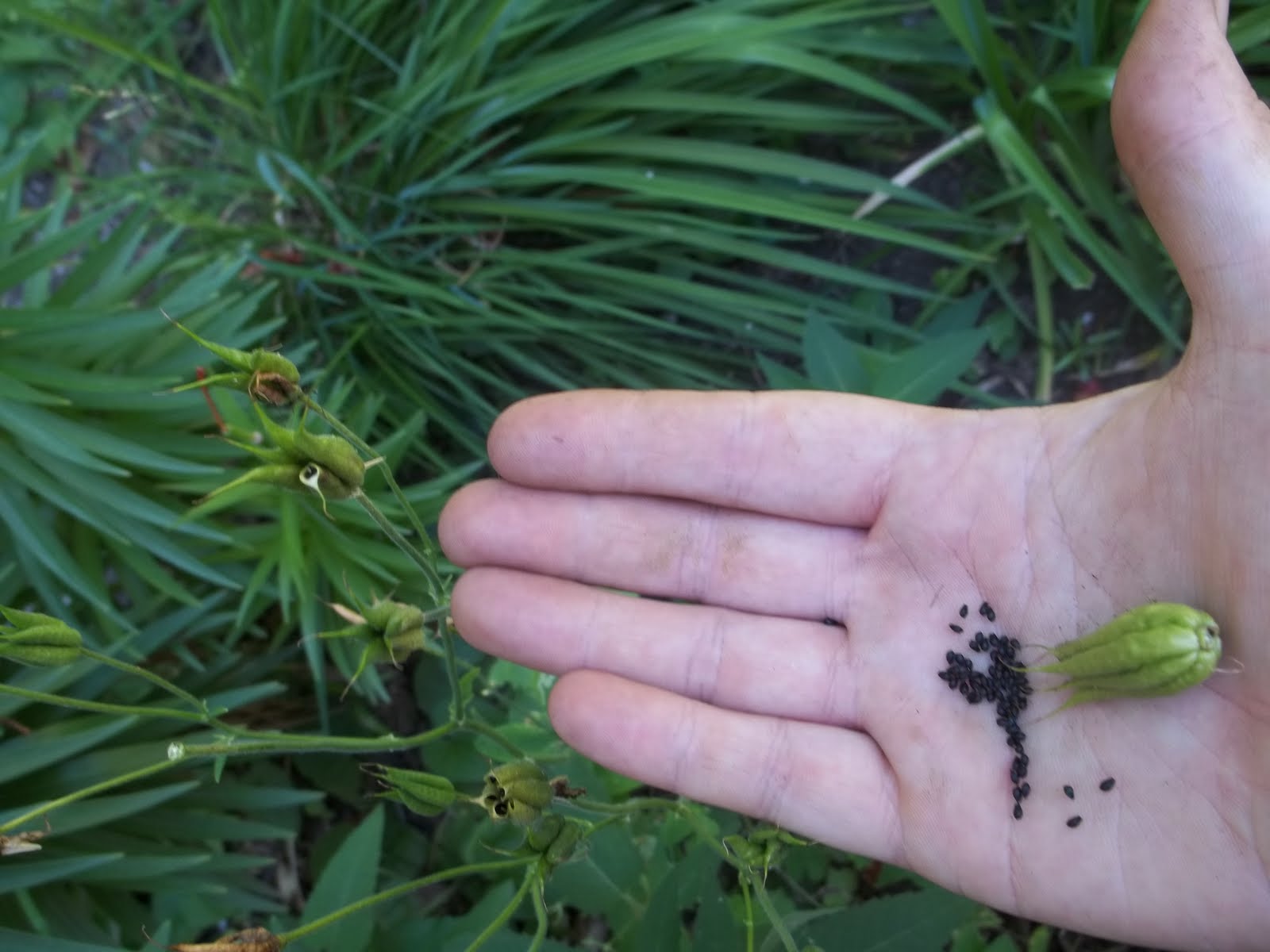
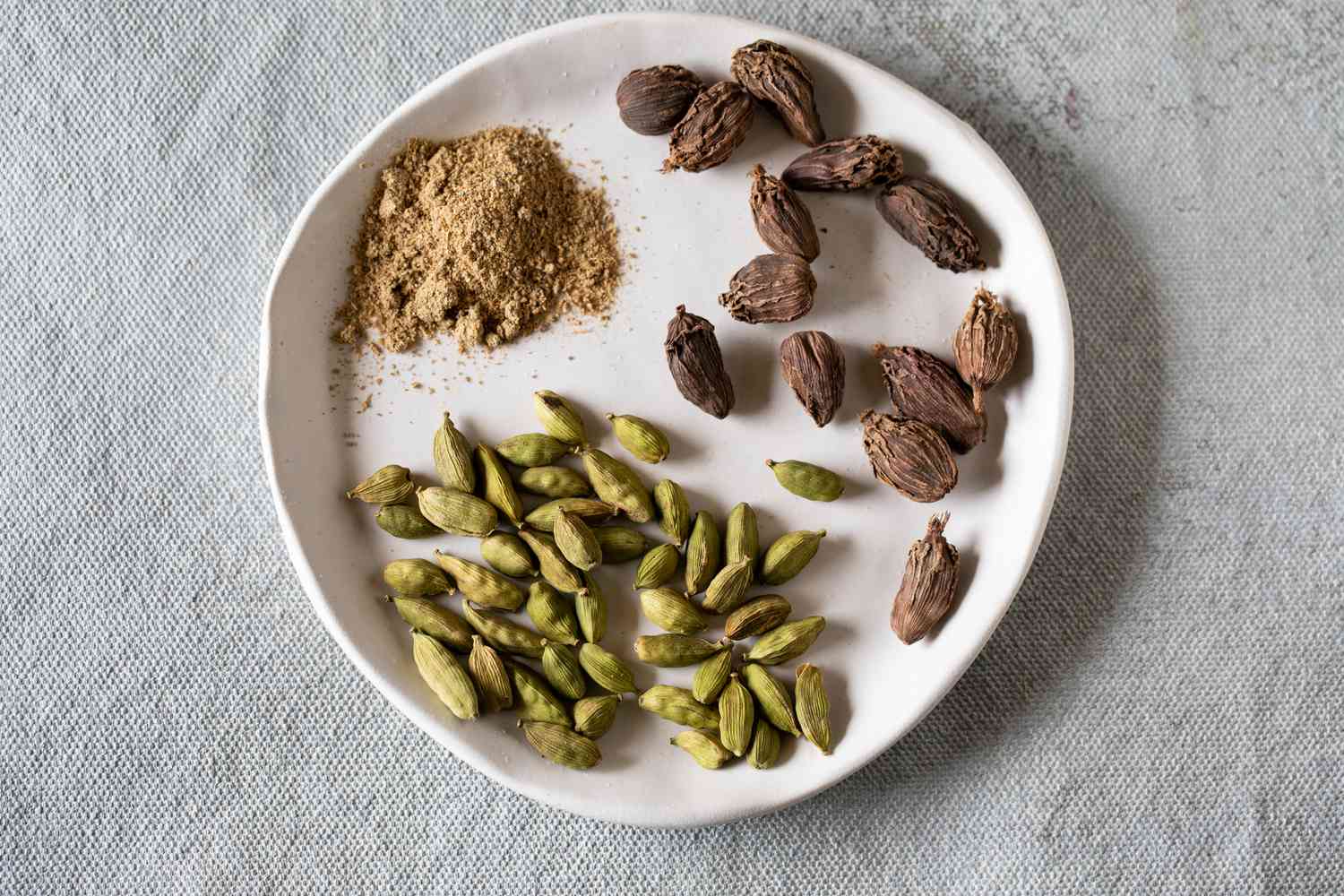
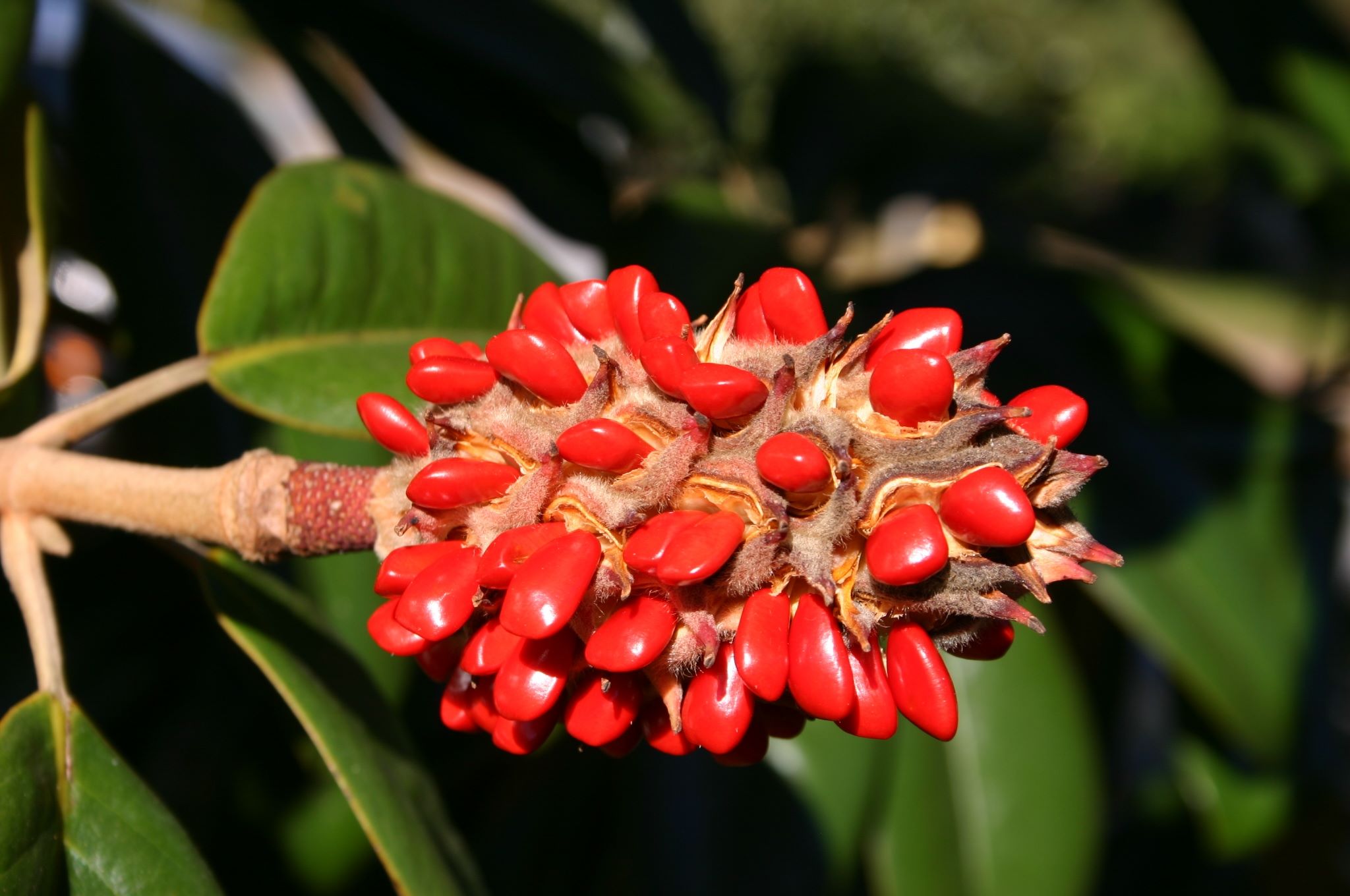
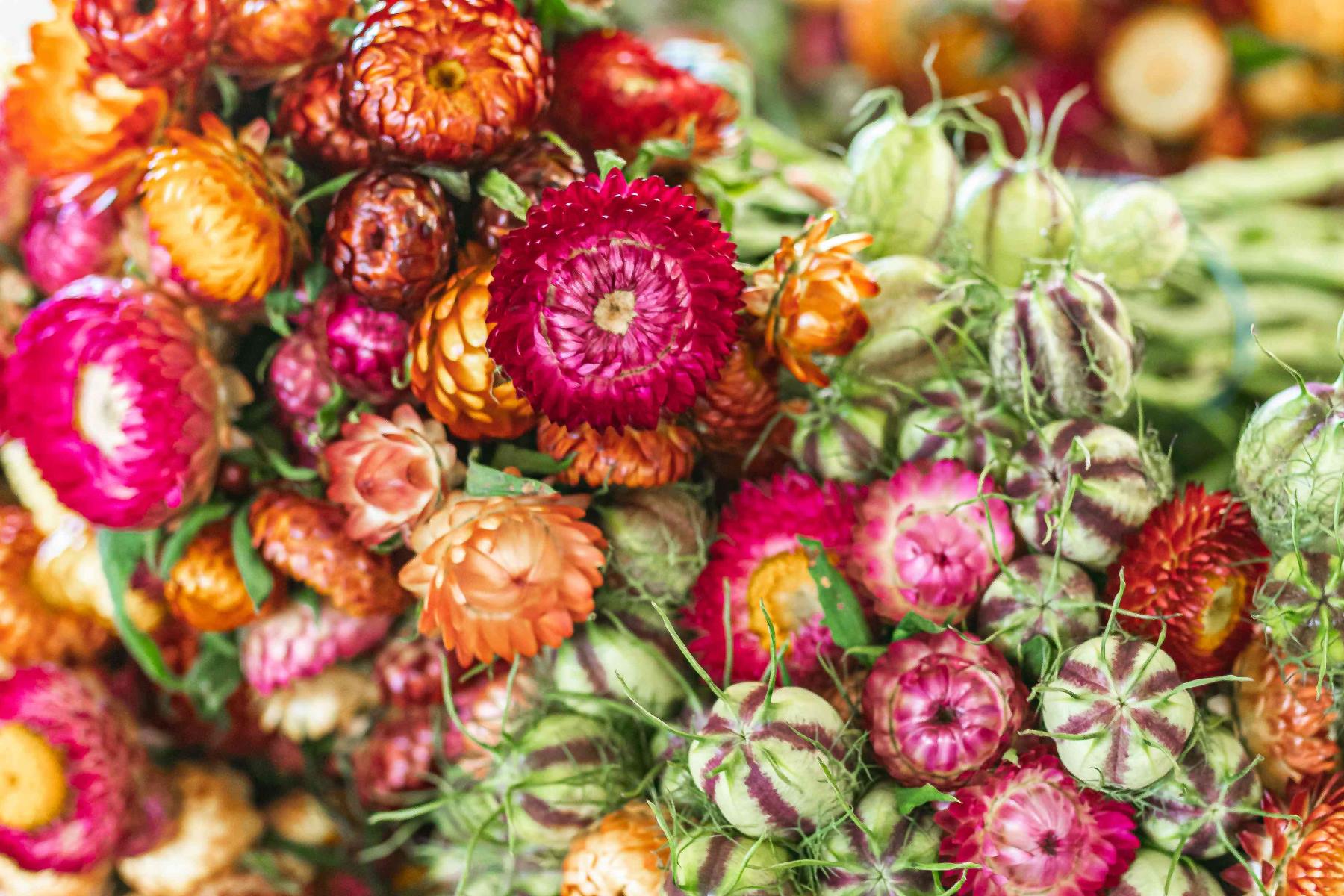
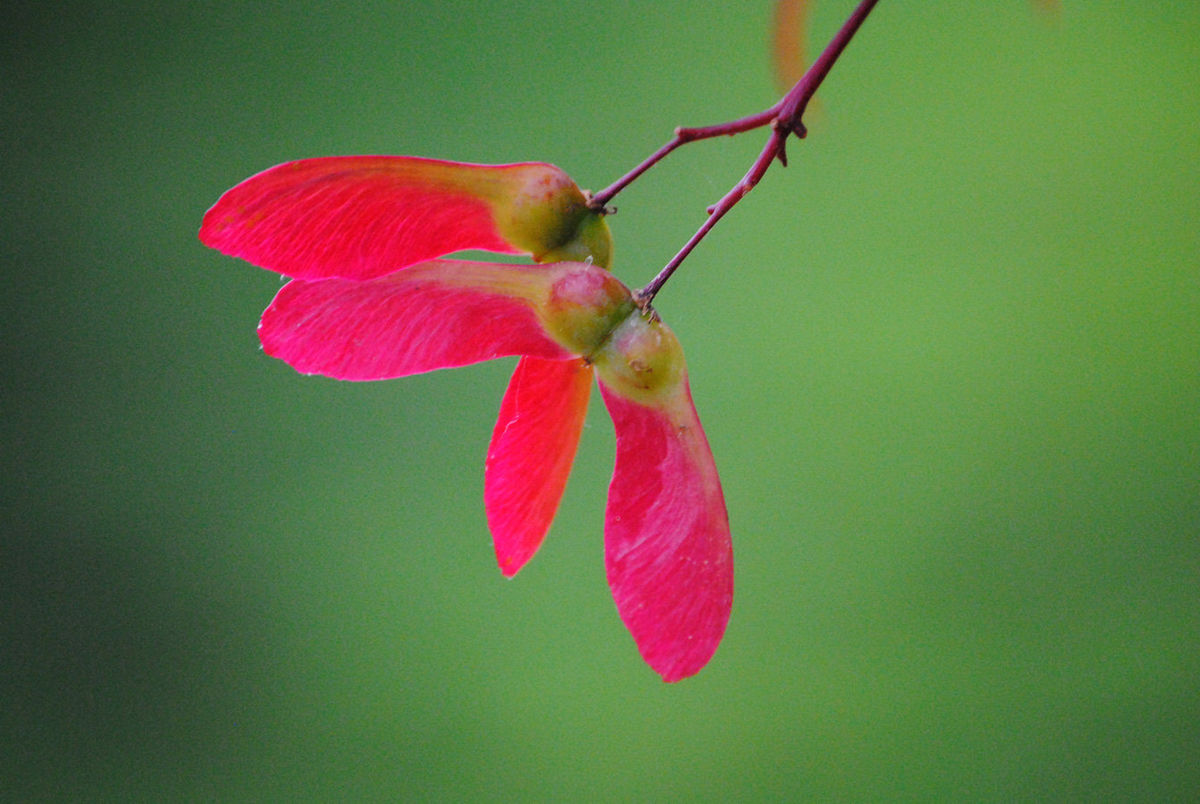
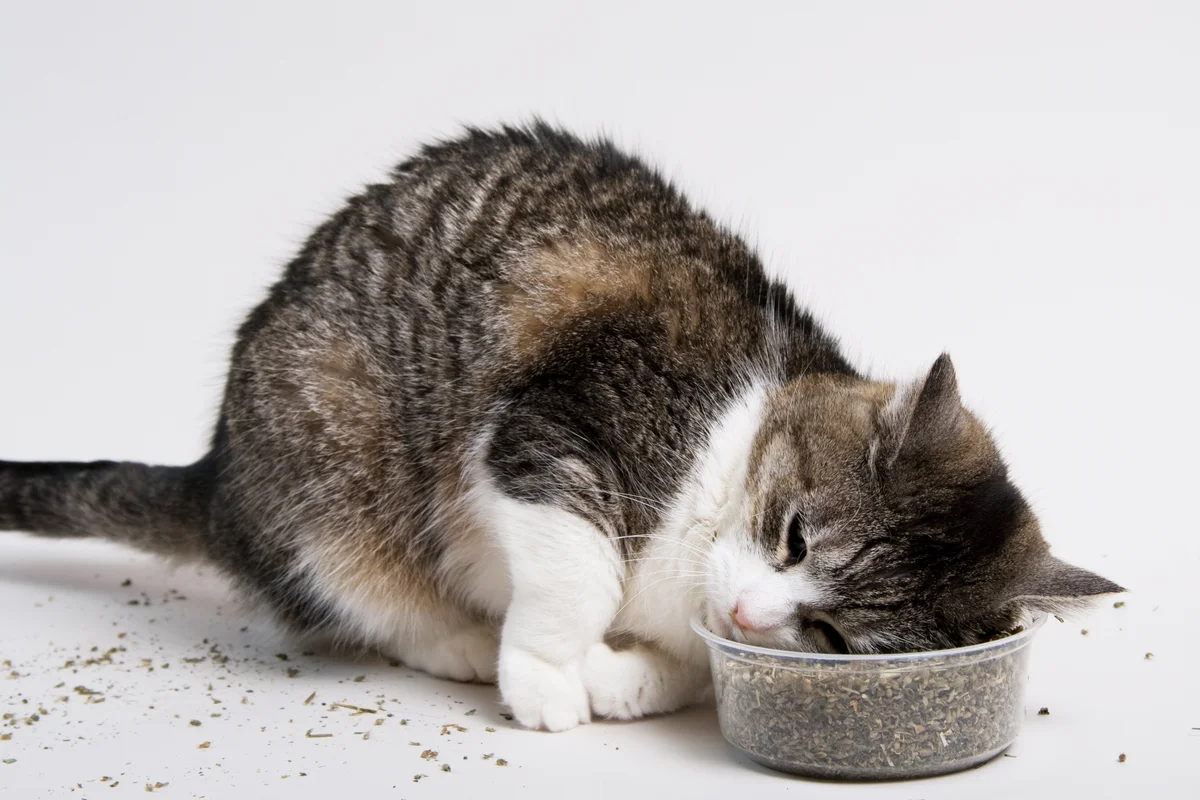
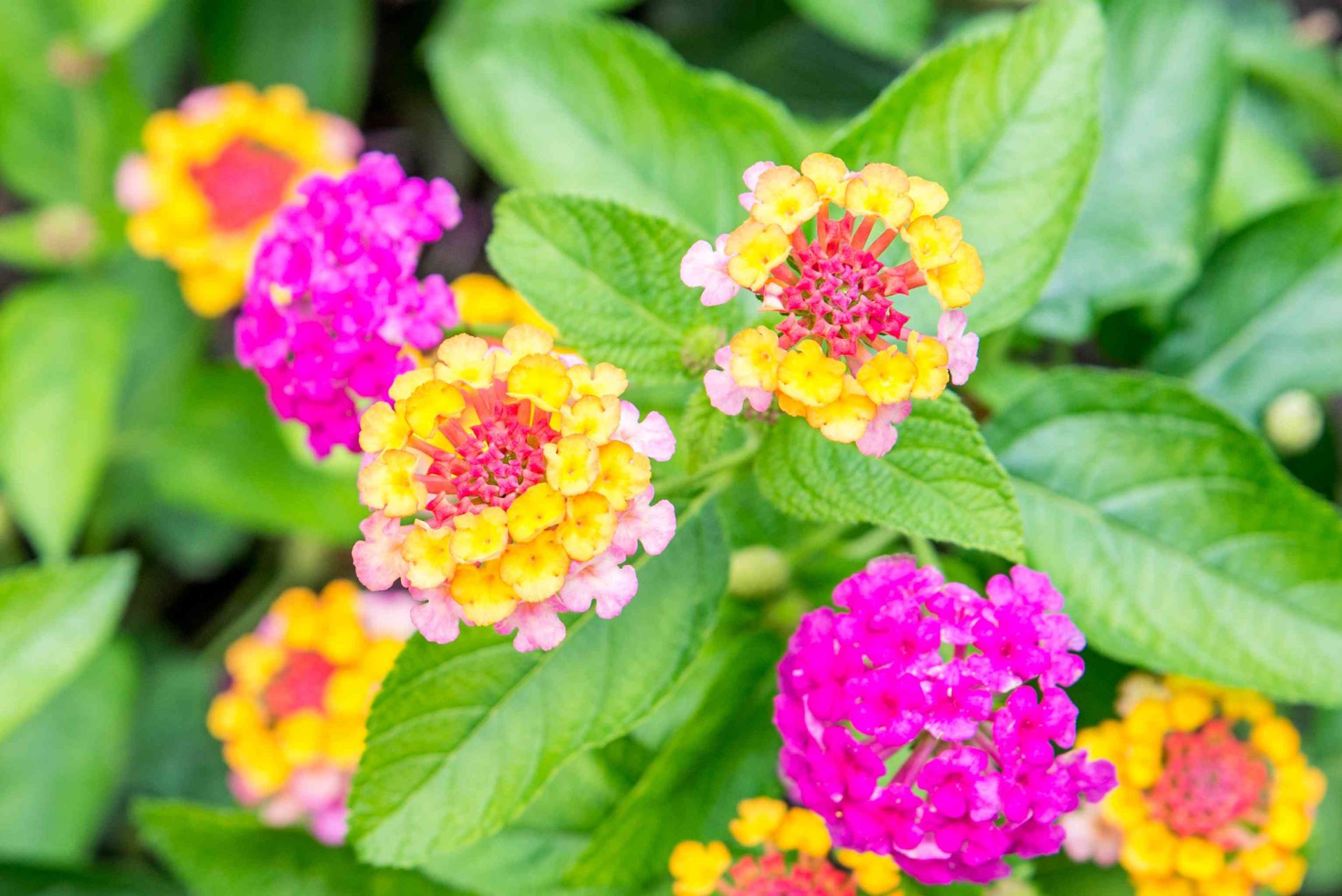
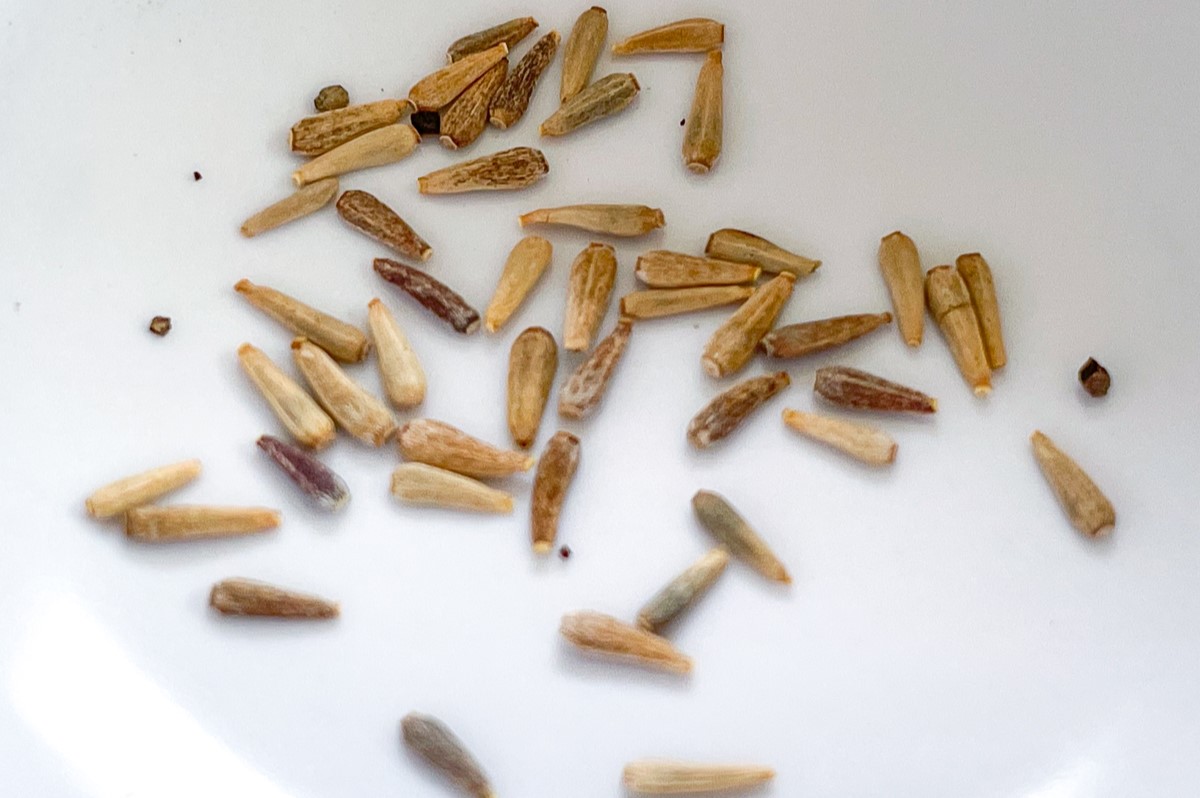
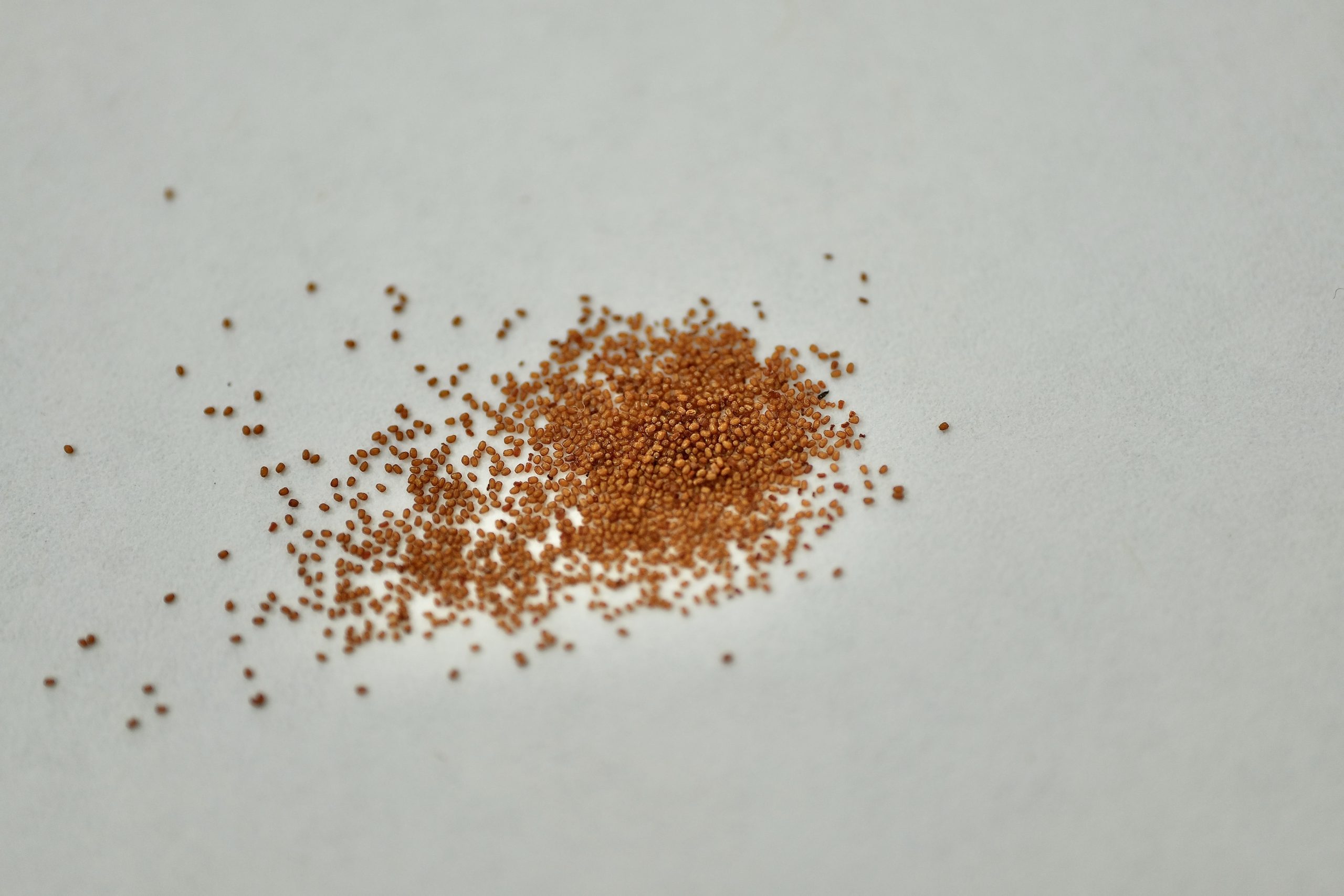
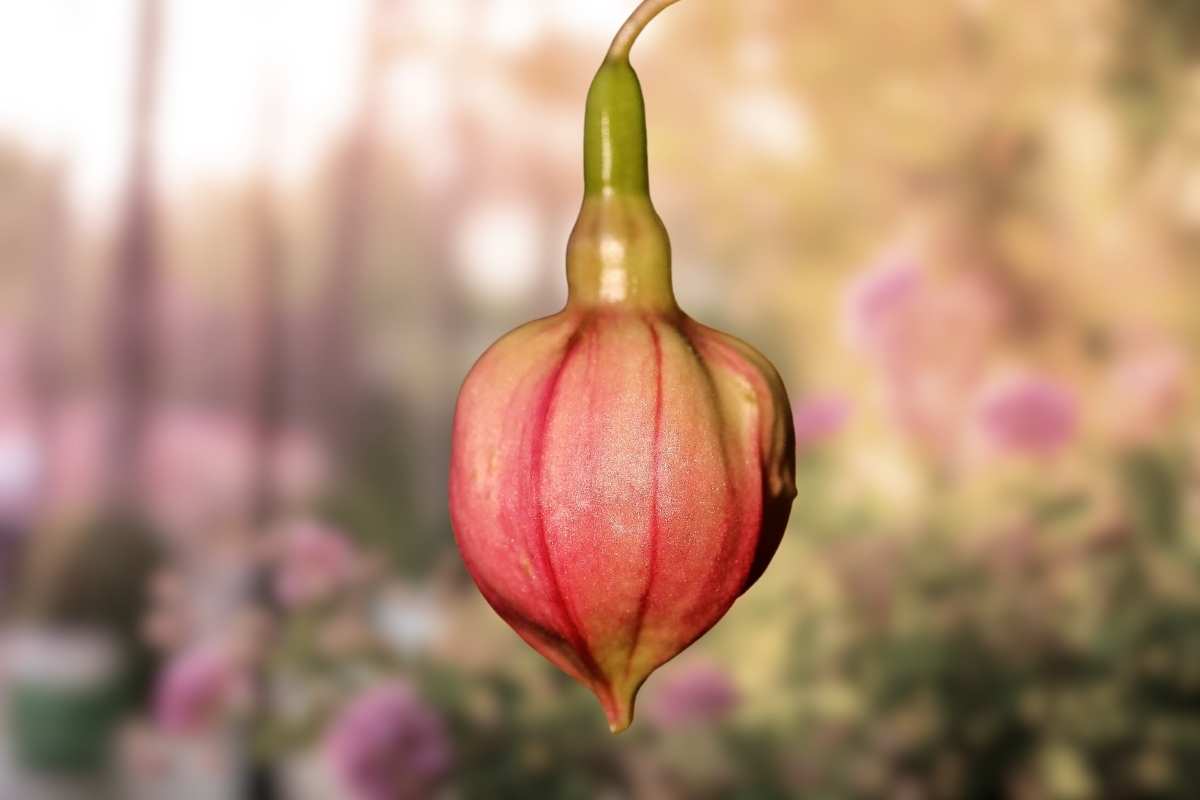
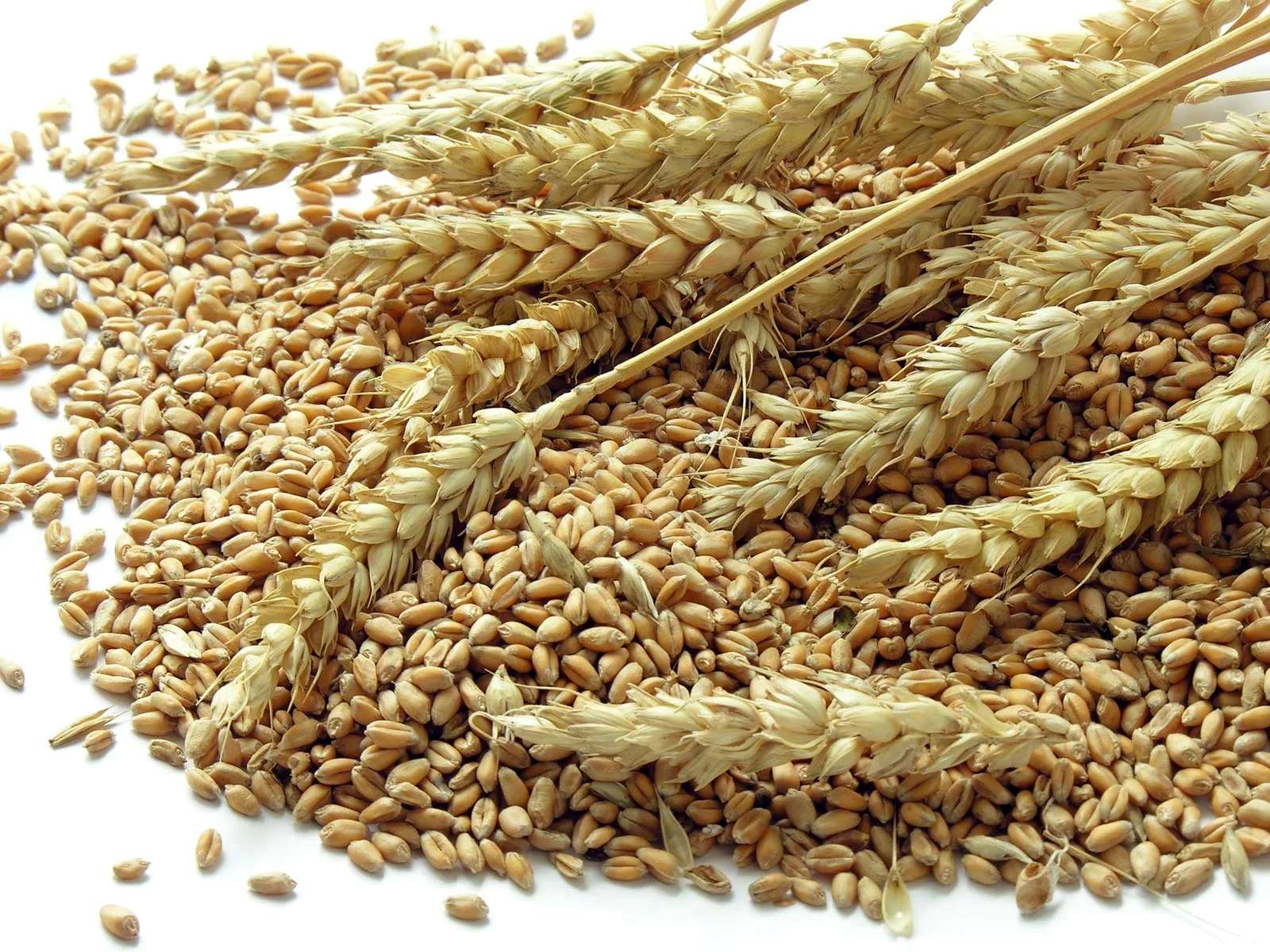

0 thoughts on “What Do Alfalfa Seeds Look Like”